Updated Sunday, October 15
As massive wildfires continue to decimate the North Bay, causing thousands of people to flee their homes, Bay Area Food Banks are responding. We have been working together all week to provide emergency food assistance to displaced neighbors. Our hearts and thoughts are with our North Bay neighbors who are seeking support.
Need food? Marin food pantries welcome fire evacuees: If you or someone you know in Marin has been impacted by the wildfires (and is not already receiving meals from an evacuation center), food is available from the Food Bank’s pantry network. Click here to use our Food Locator tool to find weekly food pantries that are open in Marin. To help individuals and families recover, the San Francisco-Marin Food Bank is making emergency food assistance available to evacuation centers and encouraging new participants to enroll at our weekly pantries.
Want to help? Monetary donations are the most effective way to assist right now.
> Donate here to support Redwood Empire Food Bank,which is in the middle of the disaster zone, serving Napa, Sonoma, and Mendocino Counties.
NOTE: At this time, the San Francisco-Marin Food Bank is not accepting donations of food, water, or other supplies. Get updates and stay connected with news about how San Francisco-Marin Food Bank is supporting the wildfire recovery efforts by following us on Facebook and Twitter.
How San Francisco-Marin Food Bank is supporting relief efforts
In times of emergency, Food Banks play a key role as “second responders,” providing food and water in the immediate aftermath of disaster, as well as longer-term food assistance as neighbors rebuild their lives.
At the San Francisco-Marin Food Bank, our Food Resources and Operations teams sprang into action early last week, assembling 12 pallets of shelf-stable snack items, drinks, and peanut butter. These ready-to-eat foods are being delivered to shelters that are housing people displaced by the fires.
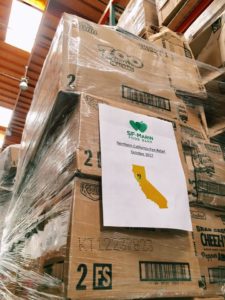
On Tuesday, we moved those pallets of food to our Marin warehouse, which is much closer to the fire lines, and much closer to the people who need it. Within hours of arriving in Marin, two pallets were delivered to an evacuee shelter in San Geronimo Valley in West Marin County, helping 30 people who were forced from their homes the day before. Other shelters are opening daily, and our emergency-relief food is close by, ready to be shipped out as soon as it’s needed.
This weekend (October 14-15), we are providing food for breakfast for 400 evacuees at the Marin Civic Center evacuation shelter. The 11 pallets of food delivered today include cereal, peanut butter, jelly, beverages, apples, and pears.
Our team has also delivered a truckload of food and water to the Redwood Empire Food Bank (REFB), which is in the middle of the disaster zone, serving Napa, Sonoma, and Mendocino Counties. We have also sent four of our skilled forklift operators to help out at the REFB warehouse this weekend. Four members of our warehouse team – Rich, Steve, Leonardo and Carl – will travel to Sonoma County to provide assistance.
In the news, San Francisco-Marin Food Bank was featured on KTSF-Channel 36 TV (Chinese language). Click here to view the 3-minute segment; we are mentioned at the 1:43 mark.


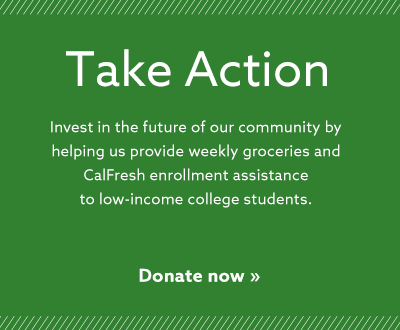
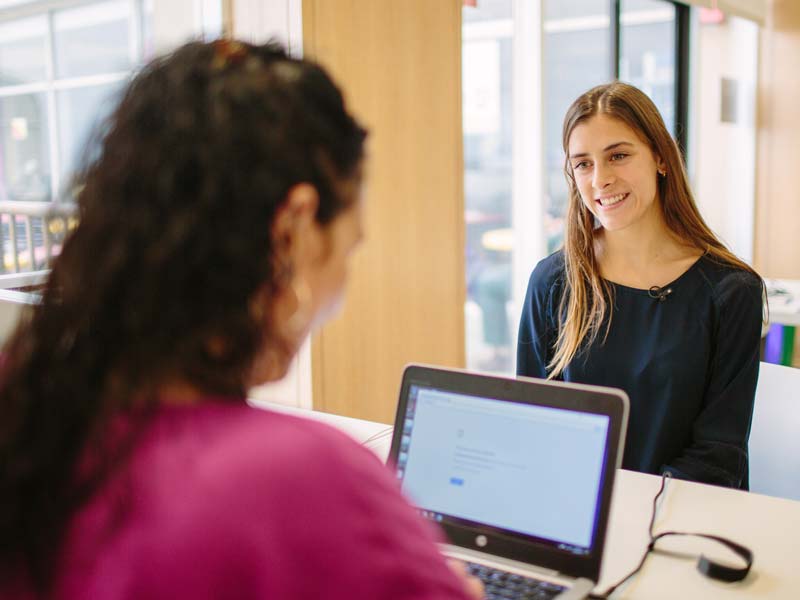

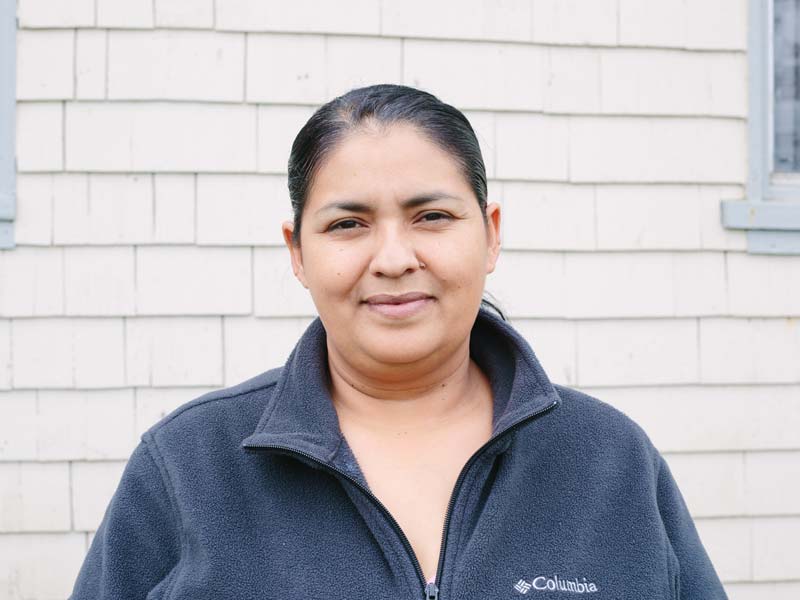

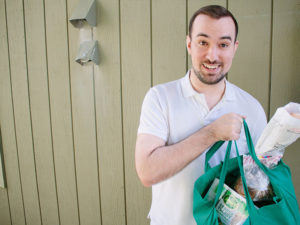
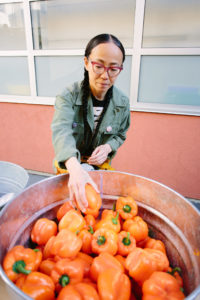
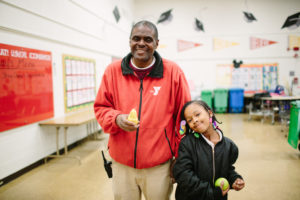
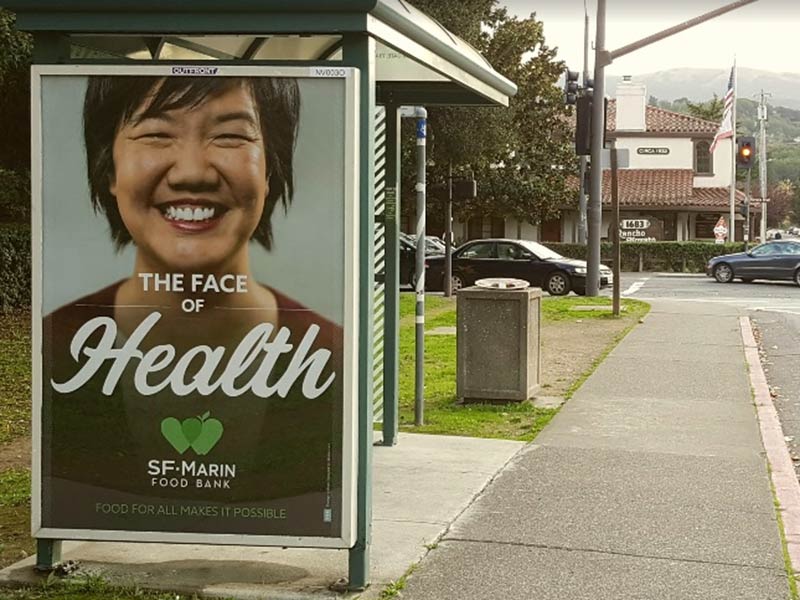
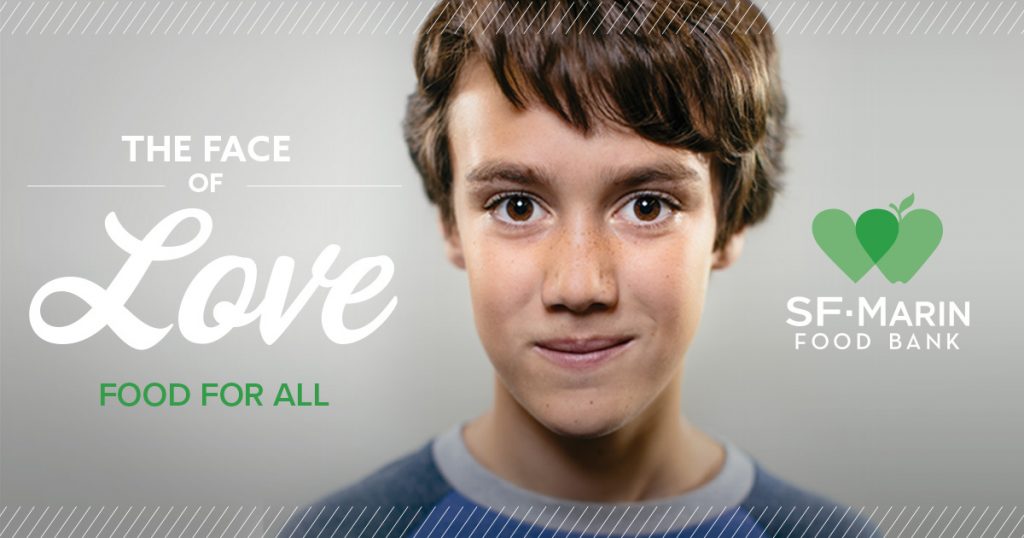

Share